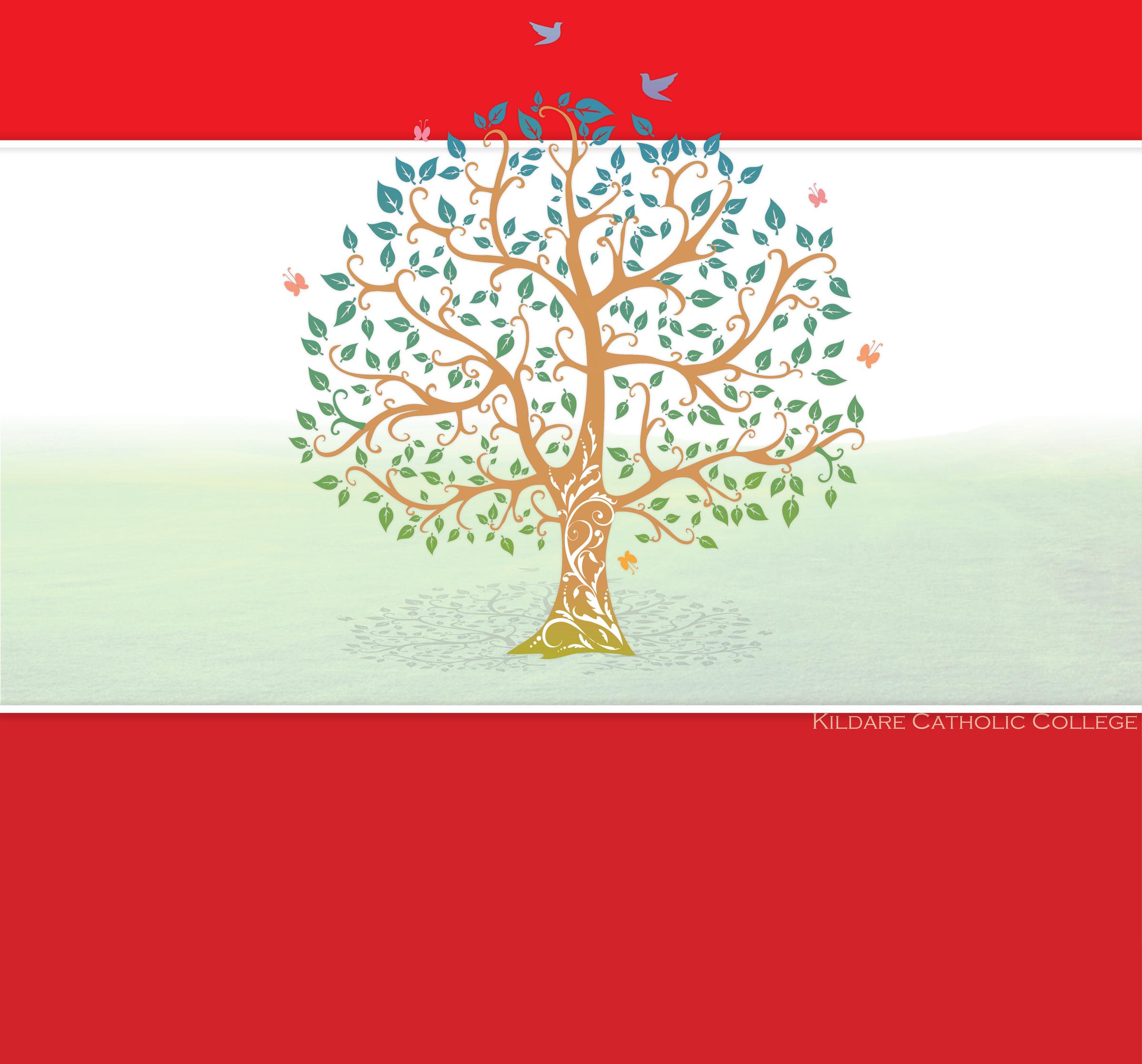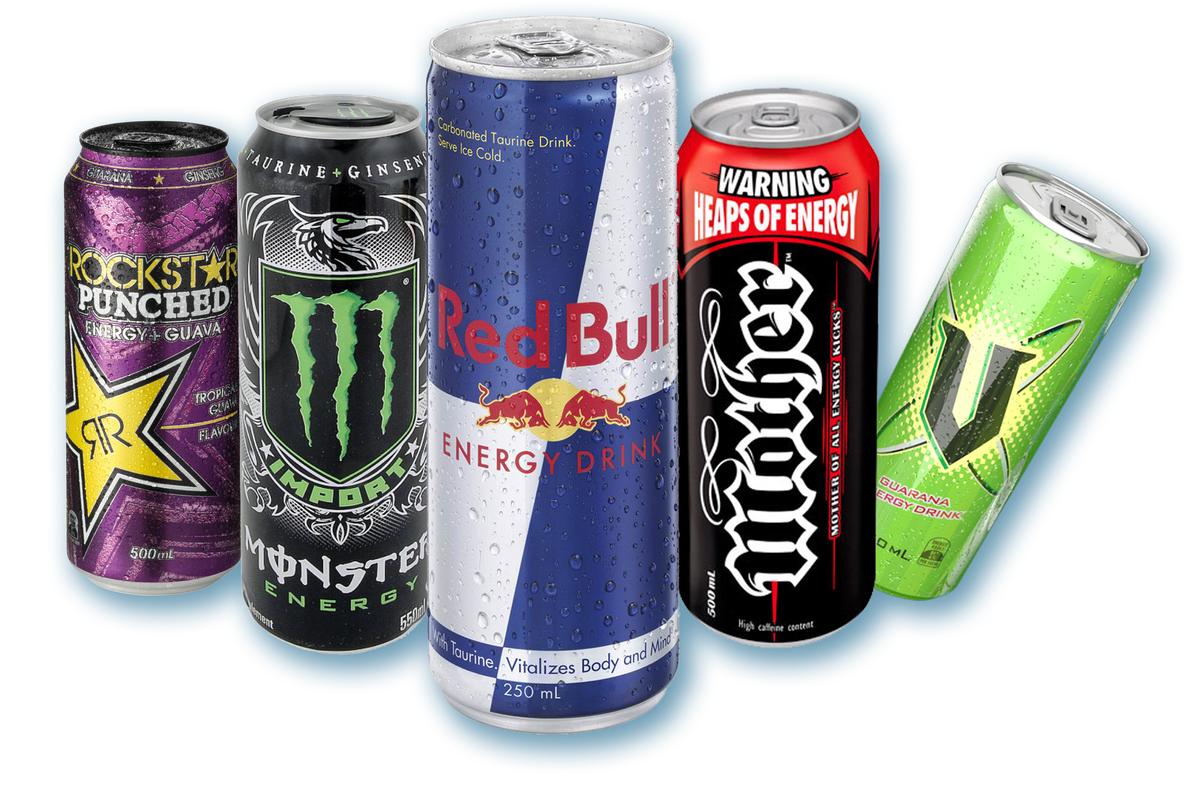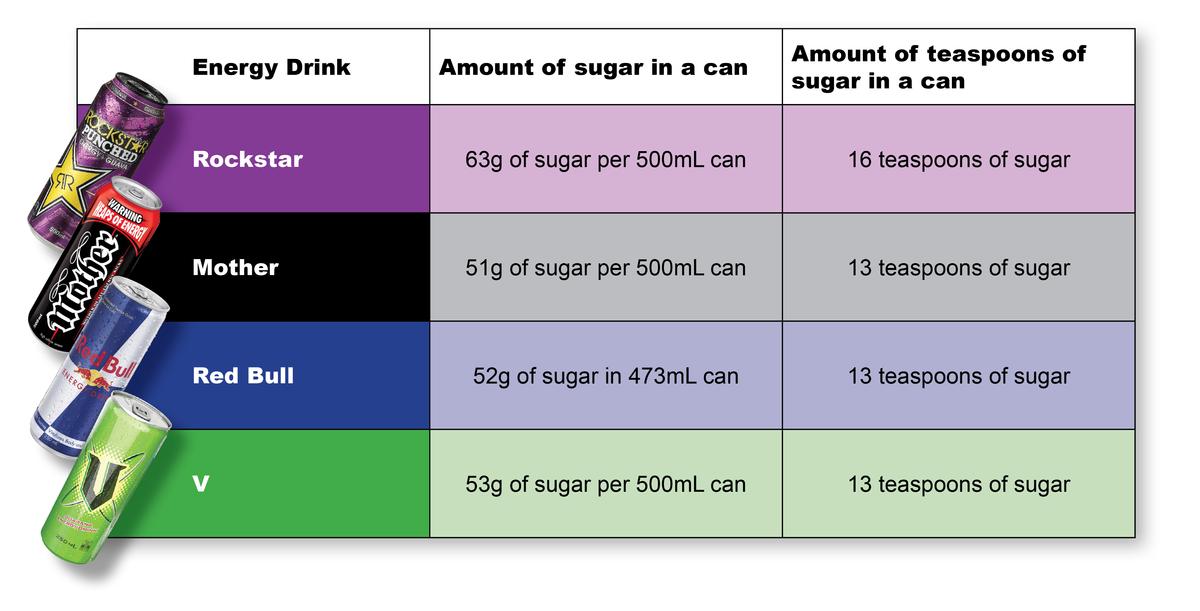Wellbeing Matters

Next week Year 7 and 9 participate in NAPLAN. Term 3 will see Year 12 sit Trial HSC exams and Year 11 complete their Preliminary exams.
For some students, at different times, exams can contribute to feeling extraordinary pressure and having unrealistic expectations. Attendance, active engagement in lessons, and asking for additional support from teachers and Homegroup coaches where required, are all important parts of preparation. However, your chances of achieving great results and maintaining a good sense of wellbeing rapidly increase by also paying attention to some other factors.
Diet, exercise and sleep all play an important part in helping a student balance a busy schedule and study smarter. Keeping stress levels to a minimum and reducing anxiety can be aided through careful planning, having a supportive environment, and some practical techniques.
This month on SchoolTV, parents and students will find information on how to cope with pressure and how to approach exam periods. We hope you take time to reflect on the information offered in this edition of SchoolTV.
Here is the link to the Exam Jitters edition of SchoolTV HERE
Kylie Campbell | Psychologist
______________________________________________
Why Energy Drinks Don’t Actually
Give You Energy
The trend of the morning breakfast regime is more commonly being replaced with a quick stop to the petrol station or supermarket to grab a morning pick me up with an energy drink, known by their brand names as Mother*, Red Bull*, V*, Monster*, Rockstar*, before heading to school.
Red Bull started this energy drink phenomenon, becoming the most prestigious sporting sponsorship in the world and arguably one of the best companies at advertising. A huge array of sporting idols that young people look up to are sponsored by Red bull and portray the ideal that its with the aid of the drink that they are able to perform to their ultimate sporting capabilities, look a certain physique and become successful in their careers, all with the help of an energy drink. I know a number of Olympic athletes who are sponsored by Red Bull and although they may wear the Red Bull logo to race in and do advertisements pretending to drink the product they don’t actually even consume it. The reason being because the negative health effects significantly outweigh any positive qualities of the drink.
Take a look at this ingredients list below for a second.
Carbonated Water, Sucrose, Acidity Regulators (Citric Acid, Sodium Citrate), Taurine, Colour (Caramel Colour), Preservative (Potassium Sorbate), Caffeine, Flavour, Vitamins [Niacin (B3), Pantothenic Acid (B5), Vitamin B6, Vitamin B12], Guarana Extract.
For most people this list makes no sense, few recognisable names of real food, except for maybe some of the synthetically added in vitamins, OH and of course caffeine. This is the ingredients list of a Red Bull drink. Not much resemblance to something that comes from nature that our bodies need to live. Lets look into why these ingredients don’t actually give us energy but rather negatively affect it.
1. Sugar
The second ingredient on the list (sucrose= a single molecular carbohydrate also known as table sugar). Below is the amount of sugar found in energy drinks.
These huge doses of refined sugar alone create a massive surge in blood sugar levels, spiking energy levels for a maximum time of an hour then resulting in a massive blood sugar low. This presents itself in the classroom as low energy levels, reduce central nervous system function, restricted memory span, reduced ability to maintain attention and reduced motor skill function. Not a great combination when you want to learn, socialise with peers, think creatively or run around in PE.
2. Caffeine
Caffeine is the most widely consumed drug on the planet. A chemical compound found mostly in coffee, tea, chocolate, coke, sports drink and energy drinks. Caffeine stimulates the central nervous system and may result in an increased heart rate, increased blood sugar levels and can become addictive. Because of teenagers smaller frame and developing organs caffeine may have twice the impact on teenagers compared to adults.
Energy drinks contain 160-200mg of caffeine per 500mL can. A small coffee from a shop contains around 150mg of caffeine. Caffeine has a half life of around 5-8 hours, meaning it is still present in your system for 5-8 hours after consumption. Excess dosage of caffeine can increase anxiety and nervousness, reduced ability to sleep, effect the maturation process of adolescent brains, increase body temperature, diarrhoea and reduced nutritional intake.
The recommendations for children under 14 is to abstain from all caffeine. Those ages 14-17 years old is 100mg per day or less. This is equivalent to a cup of tea and 2-3 squares of dark chocolate.
Go for real energy
Teenagers who drink energy drinks are twice as likely to be consuming more junk food, have inadequate fruit and vegetable intake and have a ‘down period’ around 30-40 minutes after consumption leading to poor nutritional choices and reduced ability to concentrate.
So to sum up, the result of consuming energy drinks lead to a low blood sugar energy crash after 30 minutes, reducing central nervous system function combined with a craving for energy dense nutrient lacking junk food choices throughout the day, a nervous and anxious, malnourished but overfed teenager who cannot concentrate in class, sleep at night and feels anxious and overstressed by the pressures of school and society.
Ditch the ‘energy drink’ and go for real food for breakfast such as wholegrain oats with plain greek yoghurt and a piece of fruit and nuts OR eggs with avocado and wholegrain sourdough toast. This will provide you with plentiful amounts of nutrients to grow and develop, has a long lasting release of carbohydrates into the bloodstream and to the brain to assist intelectual, social and physical capacity.
Click on the below PDF Fact Sheet on caffeine in drinks
Study: ‘Factors associated with high consumption of soft drinks among Australian secondary-school students’ , (Scully, M. and Morley, B et al) more Here.
Miss Ashley Thomas | APD Dietitian and Nutritionist- Masters



